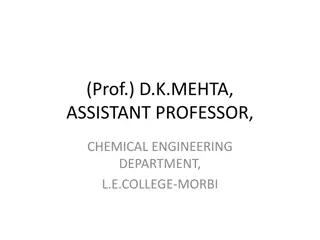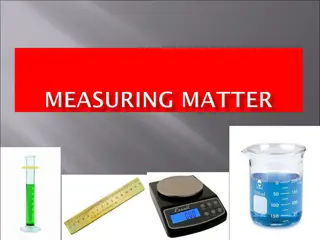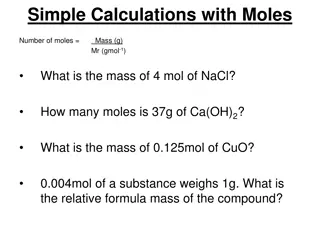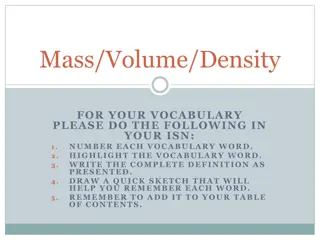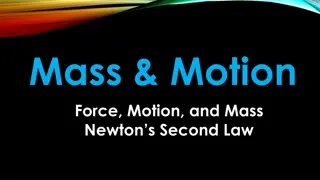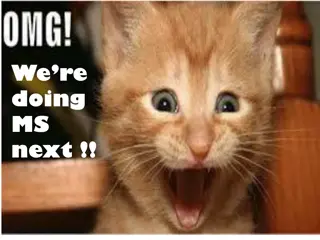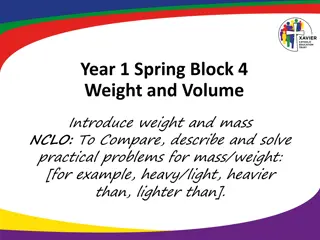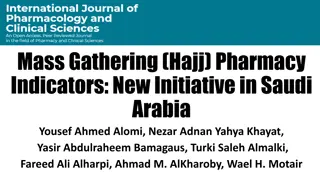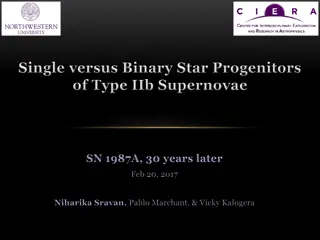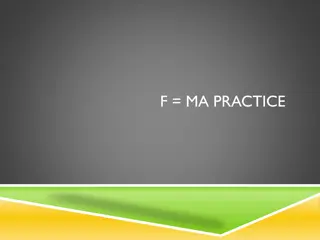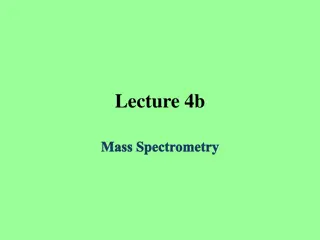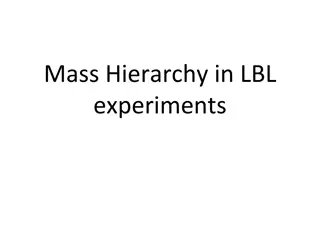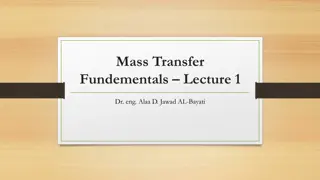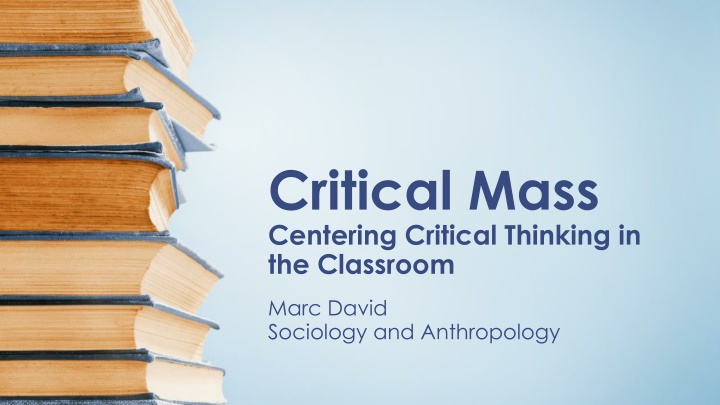
Teaching Critical Thinking in the Classroom
Explore the essential elements of teaching critical thinking, including defining its core moves, course design modifications, classroom teaching techniques, and assignment strategies. Unpack the basics of critical thinking through evidence evaluation, alternative explanations, and identifying assumptions for enhanced student skill acquisition.
Download Presentation

Please find below an Image/Link to download the presentation.
The content on the website is provided AS IS for your information and personal use only. It may not be sold, licensed, or shared on other websites without obtaining consent from the author. If you encounter any issues during the download, it is possible that the publisher has removed the file from their server.
You are allowed to download the files provided on this website for personal or commercial use, subject to the condition that they are used lawfully. All files are the property of their respective owners.
The content on the website is provided AS IS for your information and personal use only. It may not be sold, licensed, or shared on other websites without obtaining consent from the author.
E N D
Presentation Transcript
Critical Mass Centering Critical Thinking in the Classroom Marc David Sociology and Anthropology
Critical thinking skills: the holy grail of higher ed Dissatisfaction with previous results in activities and assignments meant to foster it All the more disappointing in light of how skilled, sharp, capable our students are Oft mentioned, invoked as crucial yet rarely specified or taught.
Whats differs about this instructional method from other ones? How was course design and execution modified from my default approach?
An experiment in teaching critical thinking Four elements or pieces to this experiment Conceptual core: center critical thinking s essence Course design: craft units that stage debates Classroom teaching: unpack concepts and facilitate skill acquisition Assignments: More practice, by thinking critically in writing Plus: Some evidence of student achievement
First piece The essential moves of critical thinking
Center critical thinkings essence Rather than leaving critical thinking ambiguous or implicit, define and foreground its essential moves in teaching and assignments Conceptual core Aim: to make critical thinking the object of instruction, such that students are aware of and intentional about its cultivation
The basics of critical thinking, defined Evidence When claims and contentions are made, to what degree are they grounded in documented empirical evidence? Alternative explanations/competing theories What potentially fruitful explanations or interpretations of the material are neglected or omitted? Does the author explicitly consider competing theories about the matter in question? Assumptions What are the assumptions that the author operates under? To what degree are these assumptions valid and accurate?
Second piece Course design
Craft units that stage an academic debate Assemble course materials that simulate disagreement over a live issue in the field: the use of a concept, a debate over interpretation, different approaches to social phenomena, etc. Course design Aim: to create more leverage for students to critically assess arguments
Units that facilitate critical thinking First: A monograph as anchor text and main argument Thesis-driven and argumentative Anchor Text (Main argument) Empirical, evidence-based exposition Ideally, explicitly references opposing views/competing theories
Units that facilitate critical thinking Next: shorter texts that challenge or modify claims in the main argument Opposing view Best: Texts that explicitly engage anchor text s theories/claims from alternate/competing perspectives Anchor Text (Main argument) Good: Texts whose arguments can easily be made to speak to the main argument n.b.: these texts may come from different disciplines or fields but best if they overlap in clear ways Opposing view
Units that facilitate critical thinking Finally: text that defines or illuminates in depth a key concept Opposing view Conceptualizes an idea that is central to all positions i.e., the debate turns on this key term Anchor Text (Main argument) Key concept Need not engage the debate as framed by the anchor text Opposing view
Main argument Edmonds: Plastic surgery enhances women s agency Opposing view #1: de Beauvoir Key concept: Agency Opposing view #2: Bordo Alternate explanation/ case study: Shin
Maxed out n.b. this particular course implemented a maximal version of the approach, i.e., after several introductory lectures . . . The entire course four distinct units were each structured in the same way, Such that this design, classroom activities, and assignments were run through four times
Third piece Classroom teaching
Unpack concepts and facilitate skill acquisition Structure classroom activities such that students a) are introduced to the substance of critical thinking and b) given opportunities to engage in it Classroom teaching Aim: to model and practice critical thinking during class sessions
Freewrite + pair and share (to enable skill-building and comfort re forwarding and testing personal interpretations) Exercises that require focused reflection on key claims ( Hatful of quotes, Quotes to affirm and challenge ) Explicit classroom discussion about quality of evidence challenges from competing theories assumptions and their validity
Fourth piece Assignments
More practice, by thinking critically through writing Building off of practice during class sessions, craft assignments that explicitly call for the evaluation of evidence, competing theories, and assumptions Assignments Aim: to practice critical thinking skills in writing
Critical analysis assignment prompt The task In this assignment, assess the quality of the argument made by Peter Redfield in Life in Crisis by evaluating its basics. By this, I mean the fundamental aspects of empirically based arguments -- the assumptions that underlie the attempt to explain the phenomenon, and the evidence marshalled to support specific claims about it. Along with assumptions and evidence, you should consider the author s engagement with alternative explanations or competing theories about the phenomenon, either explicitly or by inference. Below is the list of questions about these three dimensions of critical analysis, from which you should respond to questions relating to at least two of them.
Finally . . . Evidence of student achievement
I learned to critically read books and articles and to look for arguments that lack evidence. Through reading more critically and considering the strengths of other authors, I learned how to structure my own convincing arguments and improve my own papers. The requirement that I examine these assumptions made by authors has caused me to develop a skill that will allow me to better examine the various forms of literature that I encounter in my college career, and also has a great deal of applicability when examining the actions that people take. I feel like the most valuable lessons I learned from this course came from my peers. Hearing others thought processes, listening to their opinions and examples, and being able to question and confirm ideas helped in my understanding of the topics.




